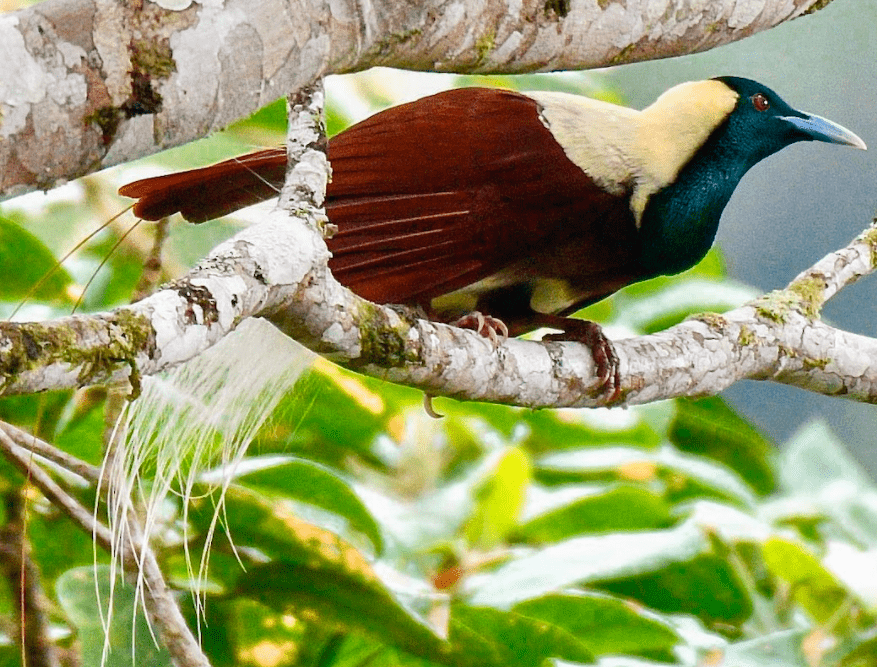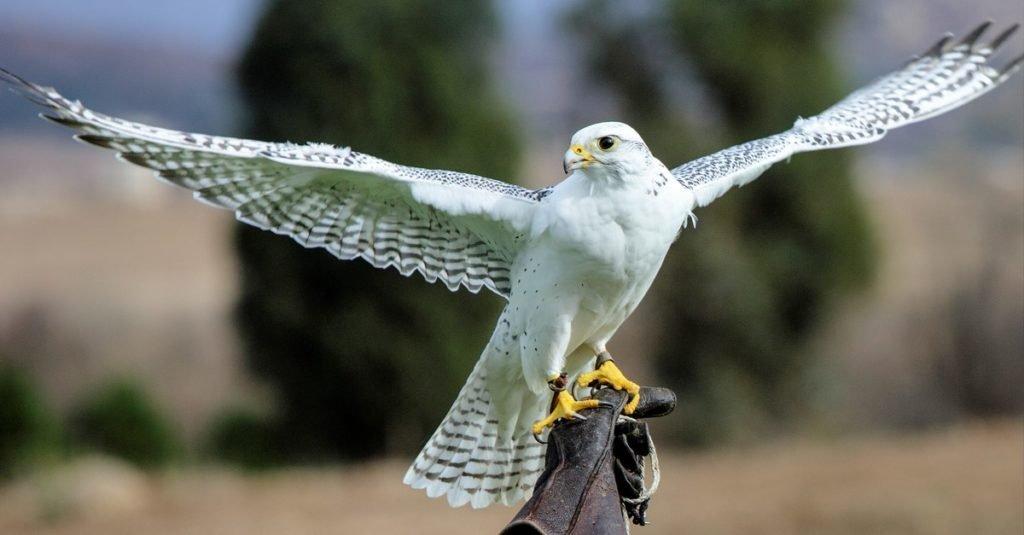Owls are any of numerous, chiefly nocturnal birds of prey, of the order Strigiform, having a broad head with large, forward-directed eyes that are usually surrounded by disks of modified feathers: many populations are diminishing owing to loss of habitat.
ORIGIN OF OWL
before 900; Middle English oule, Old English ūle; cognate with Low German ūle, Dutch uil; akin to German Eule, Old Norse ugla
PARTS OF OWL:
Size
They range in size from the tiny “Least Pygmy Owl” (Glaucidium minutissimum) at 12cm (4½”) tall, to the rather large “Great Grey Owl” (Strix nebulosa) at up to 84cm (33″) tall. Although the “Eurasian Eagle Owl” (Bubo bubo) is the largest owl by mass and average length. Length: 58-71cm (22.8-28″) tall.
OWLS ON THE HUNT
Many owl species are nocturnal, meaning they are active at night. There are some owl species who are diurnal, however, meaning they are active during the day but rest at night. Crepuscular species are active during dusk and dawn.
Owls spend much of their waking time hunting for food. Many owl species are carnivores, or meat eaters. Small, rodent-like mammals, such as voles and mice, are the primary prey for many owl species. An owl’s diet may also include frogs, lizards, snakes, fish, mice, rabbits, birds, squirrels, and other creatures. Occasionally, Great Horned Owls might even find skunks tasty enough to eat. Some owls, like the Flammulated Owl eat insects almost exclusively. Animals that eat insects are called insectivores.
Owls hunt in various ways. One hunting technique is called perch and pounce. In this method owls perch comfortably until they see their prey, then glide down upon it; Northern Hawk Owls use this approach. Another approach to hunting, called quartering flight, is to search for prey while flying, as utilized by the Barn Owl
Owl species:
India is home to about 35 species of owls which are divided into two families – True Owls or Typical Owls (Strigidae) and Barn Owls or Bay Owls. As the name suggests, True Owls have the distinct features that describe this species, like large, colored eyes and the presence of ear
Brown Fish-Owl
Brown Fish-Owls are commonly found in woodlands bordering streams and lakes. They feed mainly on fish and aquatic crustaceans, capturing the prey using their long legs, while skimming over water bodies. They have considerably longer legs which are featherless and help them in hunting fish.
Barn Owl
The most widespread land bird species in the world, the Barn Owl is usually spotted in abandoned buildings, chimneys and in tree holes. They occupy a range of habitats and are one of the most common urban bird species.
Asian Barred Owlet
Asian Barred Owlets, as the name suggests, have a distinct barred and streaked appearance. They can be seen perched on dead tree stumps or on bare tree branches. They mainly feed on large insects.
Indian Eagle-Owl
Found throughout the Indian subcontinent, Indian Eagle-Owls, also called Rock Eagle-Owls, are usually spotted in rocky regions as well as semi-deserts with rocks and bushes. As seen in the image, they have distinct orange eyes. The color of their bills can vary between black and dark green.
Fun Facts About Owls:
- The eyes of an owl are not true “eyeballs.” Their tube-shaped eyes are completely immobile, providing binocular vision which fully focuses on their prey and boosts depth perception.
- Owls can rotate their necks 270 degrees. A blood-pooling system collects blood to power their brains and eyes when neck movement cuts off circulation.
- A group of owls is called a parliament. This originates from C.S. Lewis’ description of a meeting of owls in The Chronicles of Narnia.
- Owls hunt other owls. Great Horned Owls are the top predator of the smaller Barred Owl.
- The tiniest owl in the world is the Elf Owl, which is 5 – 6 inches tall and weighs about 1 ½ ounces. The largest North American owl, in appearance, is the Great Gray Owl, which is up to 32 inches tall.
- The Northern Hawk Owl can detect—primarily by sight—a vole to eat up to a half a mile away.
- In fat years when mice are plentiful, usually monogamous Boreal Owls are apt to be promiscuous. Because easy prey means less work for parents feeding their young, males have been caught mating with up to three females, while females have been seen with at least one beau on the side.
a picture of the owl species sitting on a branch
Content Writer(Erakina by RTMN)
14.10.2021






